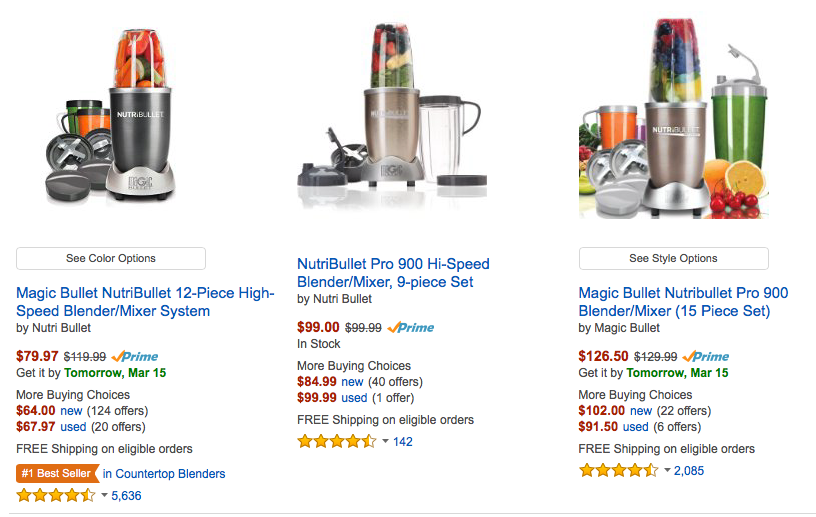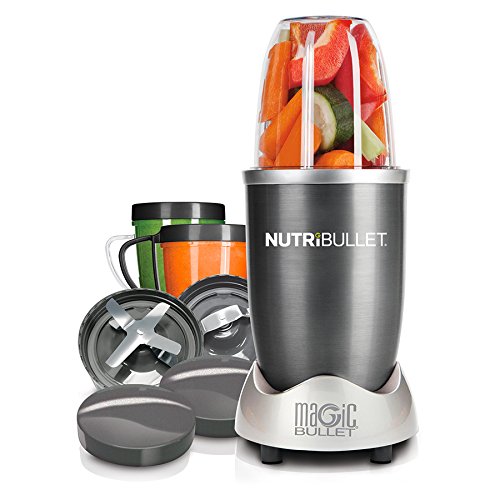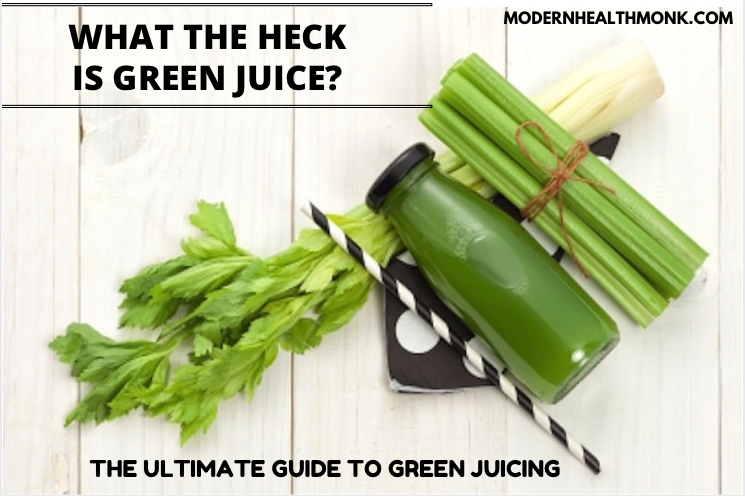
What The Heck is Green Juice? The Ultimate Guide to Green Smoothies and Juicing for Losing Weight
What the heck is green juice?
Years ago, when I first saw my dad take a shot of wheat grass, I was confused: what is this weirdness, and why are people drinking and eating grass?
Years later, as I got more experience consulting with clients, I realized that it worked – extremely well – for losing weight.
I’ve resisted it, but the proof is in the pudding: it’s been one of those things that really makes a difference for a lot of people, including many of my own friends and family.
In this article, I’ll give you the rundown about everything you need to know to get started as far as juicing goes, what juice to make, how it can help, and more.
Bonus Download: Download this full article, including sample juicing recipes to go in this handy PDF.
1. What’s the Big Deal With Juicing and Green Smoothies?
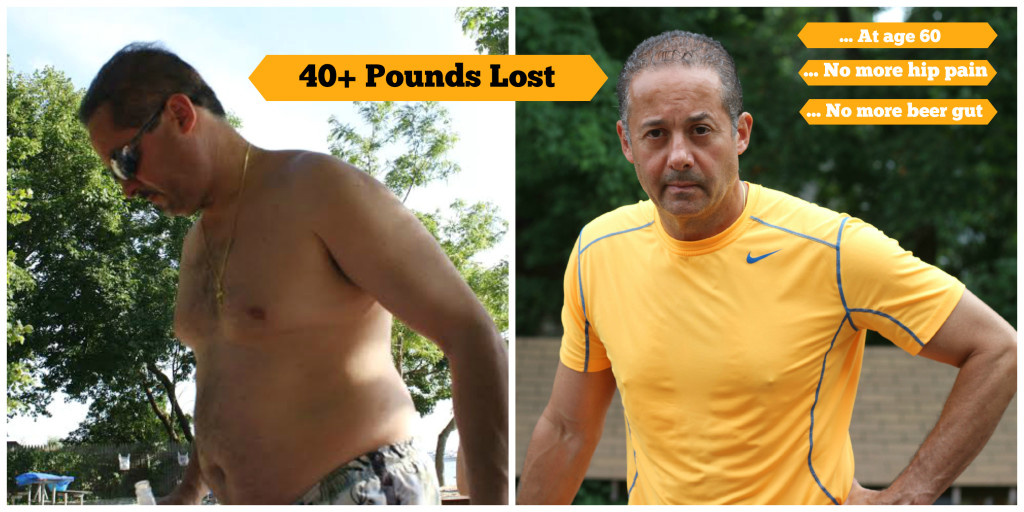
Henri found himself at almost 60 years old in the worst shape of his life.
He was 225 pounds, which was about 40-50 pounds over what he wanted for his height, he was feeling like crap, and the stress of it all was beginning to take a huge psychological toll.
The problem? He had just about everything working against him.
He worked in a kitchen, so he was surrounded by food ALL the time – and as a chef for 30 years, he was accustomed to making food all day, picking at it, taste testing it, and constantly being surrounded by food begging for his attention.
Tack that on to the fact that he was also surrounded by pastries, sugar and sweets at his first store, and was constantly coming up with new recipes (aka: “testing” a lot), and you can see the massive amount of temptation he was fighting on a daily basis.
He was getting up at 5 am, and was on his feet 12, 13, or 15 hours a day leaving him burnt out and exhausted by the end – so he literally had every (valid) excuse in the book.
Don’t have enough time? Check.
Stressed, working too much? Check.
Being surrounded by sugar? Check.
Not getting enough sleep? Check.
Eventually though, he got a scary diagnosis from his doctor, which went a bit like this: “Hey, I hate to break it to you, but you’re going to be on high blood pressure medication for the rest of your life.”
And when he decided to seriously change, one of the key habits he engaged in was drinking a green smoothie religiously each day – or multiple times each day.
2. Okay – So Drinking “Grass” Works – What’s It Do, Though? The Health Benefits of Green Juice
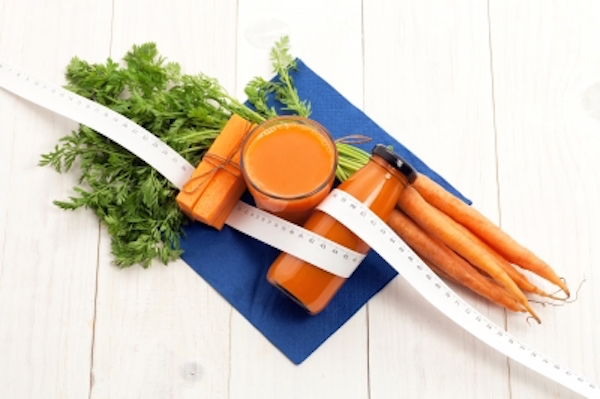
Thankfully, I later learned that there were green juices that didn’t taste like grass, and weren’t “grass.” Some of them even taste pretty good.
In case you weren’t sold on your mom’s promise that “you need to eat your veggies to grow up and be strong,” here’s what the science says.
- One study (among thousands) confirmed that eating more vegetables and fruit is linked to lower heart disease and cancer risk and rates.
- Another study found that eating fruits and veggies might be linked to lower levels of inflammatory bowel disease (wow… real shocker, huh?).
- What about memory stuff, like Alzheimer’s? Well, another study found that consuming fruit and vegetable juices may slow the onset of Alzheimer’s.
- Yet another study found that a higher intake of fruits and veggies is associated with “considerably lower” levels of cancer, and thus increased longevity.
- And, just in case you aren’t convinced, this study found that vegetables reduce the risk of type 2 diabetes in Chinese women.
Gee whiz. Freaking rocket science – eating plants actually prevents you from dying!
To me, the benefits of drinking juice like this go way beyond all of this.
It’s an extremely easy habit to begin doing, you can make the juices taste great, and since most people complain about time or not being able to (or wanting to) cook, you can remove all those excuses and barriers by just making a smoothie, which will make things a thousand times easier.
Plop the fruits and vegetables in the blender, and in 60 seconds you can run out the door.
3. What to Put In Your Smoothie or Green Juice
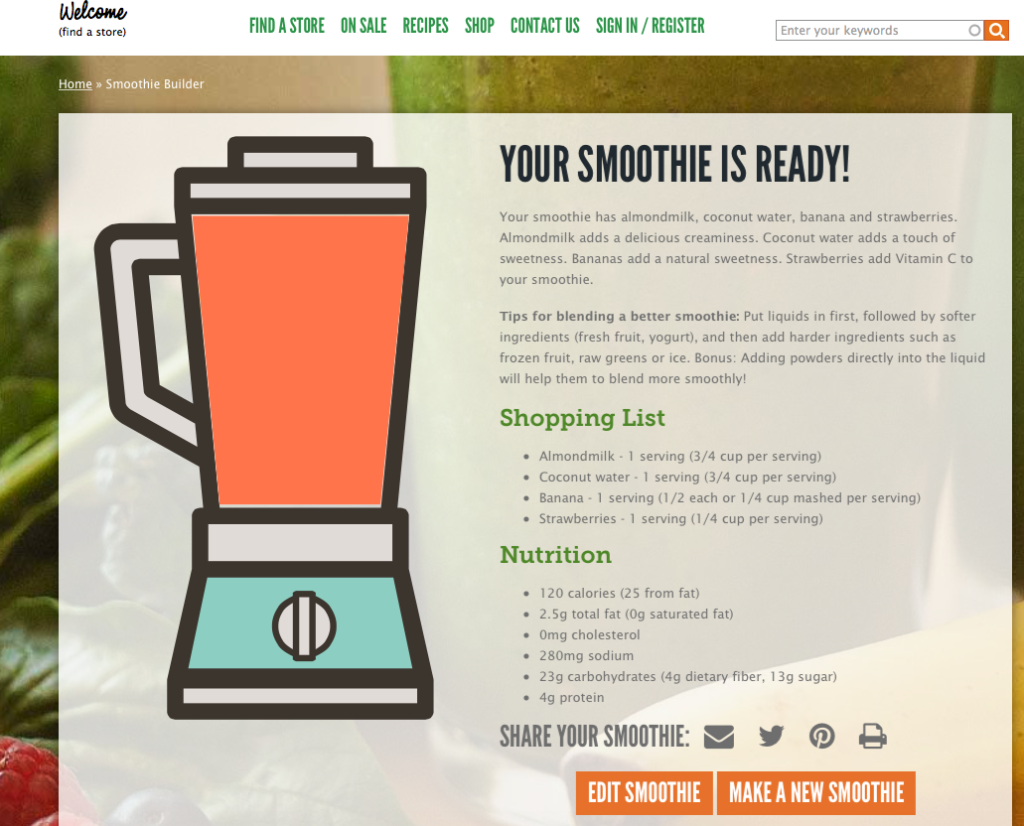
Whole foods has a cool recipe list generator for your smoothies here.
Typically I break these smoothies into two major groups: green smoothies, and fruit smoothies.
And there’s one other thing to keep in mind here: really try to use a pulverizer blender, and NOT a juicer.
If you’re juicing tons of fruits without eating the pulp and the fiber, it’s like a straight shot of sugar.
The fiber and plant material also contains nutrition and slows down the absorption of those sugars thanks to their fiber.
I once had a guy email me who told me he’s a vegan and only eat fruits and vegetables, but said he was over 300 pounds.
When I asked what he was eating each day, he said he ate mostly fruits – sometimes up to five mangoes a meal.
Well, mangoes have a ton of sugar, especially if they’re straight juicing it without eating the plant parts.
Bad idea.
So if you can, try getting the right kind of juicer (more on that below) and emphasize vegetables as much as possible.
Here are a few recipes to help you get started.
4. Ways To Make Smoothies & Sample Green Juice Recipes
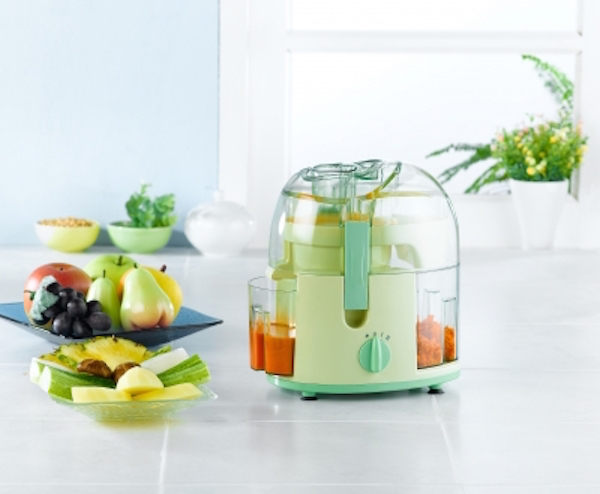
Alright, so what kind of smoothie should I really be making?
Should it be totally green juice and vegetables? Can I add fruit? What about protein?
Ultimately, do whatever you want, but in my opinion if you want it to function as your own “multivitamin,” try adding more vegetables than fruits, and make it at least 80% vegetables, rather than peanut butter, soy milk, etc.
Here are a few ideas to help you get started.
The first one, the protein smoothie, is a more filling meal replacement. The others are pure green juices.
The Protein smoothie
- Ice (crushed, around 1/4 cup)
- Almond milk (1/2 cup)
- 1/2 banana
- Whey protein (1 scoop) (I use Isopure unflavored since it has no additives)
- Peanut (or almond) butter (2 tbsp)
Green smoothie
- 1/2 head of romaine
- 1 cucumber
- 1 peach, pitted
- 1 cup soy milk
Green #2
- 1 cup collard greens
- 1 cucumber
- 1 apple, cored
- 1 cup fruit juice
Alex’s favorite
- 1 cup water
- one handful romaine lettuce
- one handful spinach
- one apple (mcintosh if you want it less sweet)
- 1/4″ ginger
5. Tips and tricks (Should I Buy Organic? Add fruit? What About Blenders?)
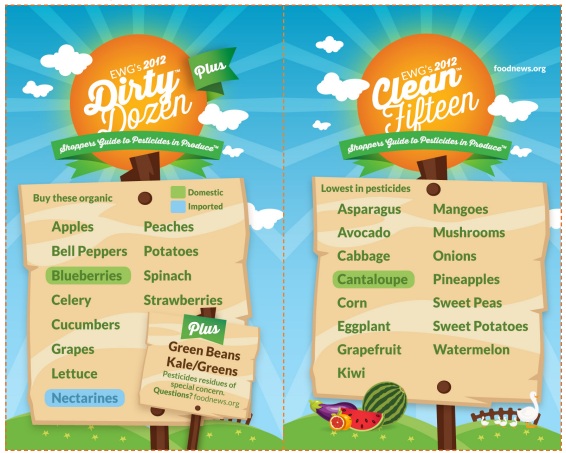
Image via environmental working group.
One thing that I would recommend really paying attention to, especially since you’re consuming raw vegetables, is pesticides.
The biggest thing is to avoid the “dirty dozen” pesticides as best you can.
Especially since you’re consuming these in their entire form. Here’s what to know and avoid.
Dirty Dozen:
- Apples
- Bell Peppers
- Blueberries
- Celery
- Cucumbers
- Grapes
- Lettuce
- Nectarines
- Peaches
- Potatoes
- Spinach
- Strawberries
Since these tend to be the most commercial vegetables, they’re typically the most heavily sprayed too.
I personally would buy them organic if you can afford it, and if you can’t, just make sure to soak or thoroughly wash them.
Pesticide concerns

They can (and do) cause a whole host of adverse health effects: ranging from irritation of your skin & rashes, severe nervous system effects, changes in your reproductive hormones, and even potentially cancer. (source)
There is also evidence that pesticide consumption is linked to neurological problems, birth defects, fetal death (aka a forced miscarriage), and neuro-developmental disorders (autism, down syndrome, ADD). (source)
One of the big problems is that we have no idea what might happen to us after consuming low levels of pesticides for an entire lifetime. Even the American Medical Association states: “Particular uncertainty exists regarding the long-term effects of low-dose pesticide exposures.”
So yes… if cancer, autism, fetal death, and down syndrome are serious to you, you should take pesticides seriously.
6. What Kind of Blender Should I Use?

This is what choosing a good blender often feels like.
There’s really only one thing to think about here.
You want a blender that totally pulverizes the plant matter, not a juicer.
This is a juicer:
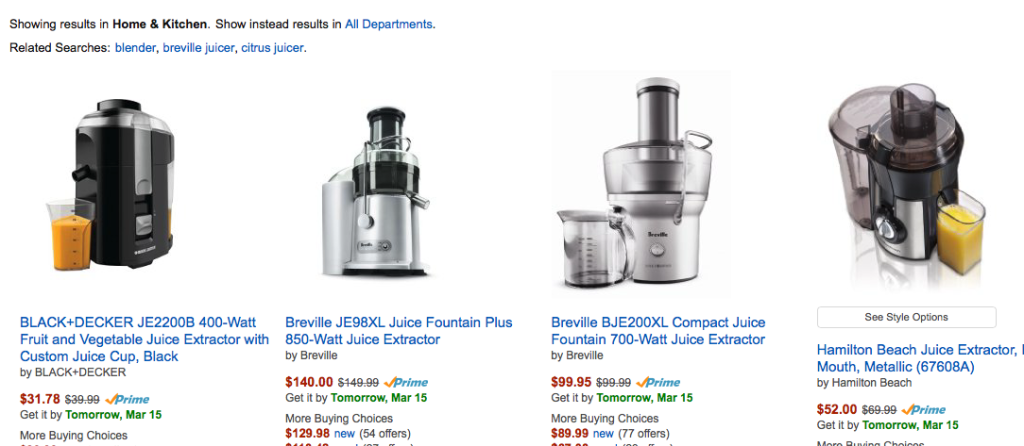
A juicer extracts the physical plant parts from the juice, and you just drink juice.
The pulverizer-type blender I refer to involves just throwing everything in there and you eat all the plant parts, including the juice.
See the “300 pound vegan” email I got above for why this is so important: even though we’re not drinking just fruits or fruit juice, the fiber and plant matter is important for another major reason: fullness!
Fiber is one of the most important things about juicing that actually keeps you full, otherwise you’ll be hungry not too long after.
Personally, I use the cheapest, most effective “pulverizer” I could find: the nutribullet.
So here’s why I chose this:
- It’s the cheapest (under $100) for the quality you get
- The cup is part of the actual blender, so I literally just put a lid on the blending cup, and bring the green juice with me if I’m in a rush. Breakfast is ready in 30 seconds on a day when I’m trying to take it easy
- It’s the most highly reviewed of any of the pulverizer-type blenders I wanted
7. Here Are Some of the Best Books & Resources on Making Green Smoothies
Simple Green Smoothies – Amazon link
One of the reasons why I like this book quite a lot is because of the fantastic photography, and that Jadah & Jen also have a fantastic website with more resources, challenges, cleanses to help get you started.
Superfood Smoothies – Amazon Link
A very different book from simple green smoothies (which is more geared towards green vegetable smoothies), this superfood smoothie book is more into antioxidants, fruits, and sweet tasting smoothies.
The Healthy Smoothie Bible – Amazon Link
The healthy smoothie bible is a fusion of the above two, some vegetable green juices and some vegetable juices.
The 10 Day Green Smoothie Cleanse – Amazon Link
The 10 day smoothie cleanse is much more of a “shut up and just tell me what to do” booklet. It’s a short book, to the point, and has you jump right in to the core 10 day cleanse.
The Whole Foods Smoothie Shopping List

With the smoothie generator, it’s a pretty neat way to come up with your shopping lists or experiment with new smoothie types.
I shot a quick video down below to show you how it works, and what I would personally use it for.
The Smoothie Generator Video:
8. The Ultimate Green Juice Bible
Whew – that was a doozie.
So – if you’re wondering what the heck green juice actually is, hopefully now you know.
If you’re wondering what it can really help you with, now you can see.
And if you’re wondering all the nitty-gritty tactics on getting started, you have a clear idea now.
You know what to eat, how to make it, what to use, and the best resources to get you there.
Have you personally used green juice to help you lose weight and reach your goals? Tell me below.
-Alex
.
Some images used with permission from Freedigitalphotos.net
Have You Read My New Book Yet?
Read more about this in my book Master The Day. You’ll learn the nine daily success habits I learned interviewing people that lost 100+ pounds and kept it off in a healthy way – by changing their habits. Plus, you’ll get a free $100 video course if you show me your receipt.

